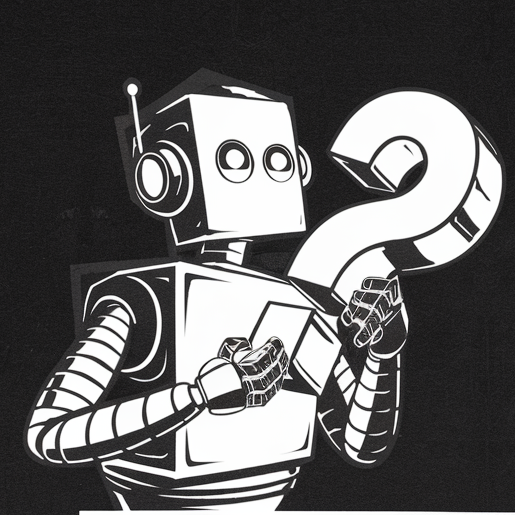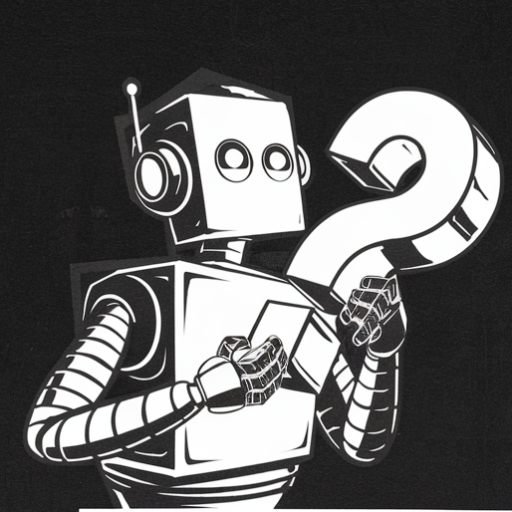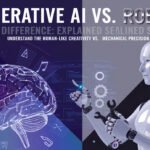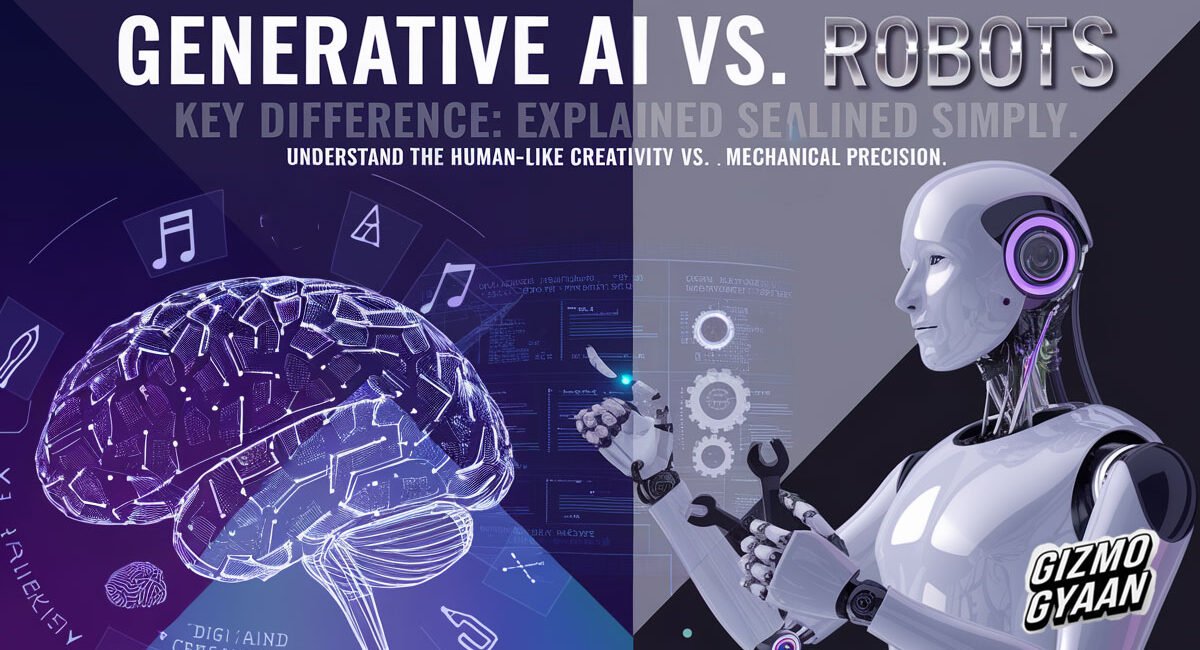When we hear about Artificial Intelligence (AI), many people immediately think of robots. Movies and pop culture have often portrayed AI as humanoid robots with advanced intelligence, leading to a common misconception that all AI is about robots. However, AI encompasses much more, including Generative AI, a powerful subset that focuses on creativity and content generation.
In this blog, we’ll dive into the key differences between Generative AI and robots, their unique roles, and how they impact our daily lives.
What is Generative AI?
Generative AI refers to artificial intelligence models that create new content such as text, images, videos, music, or even code. Instead of analyzing data to make decisions, Generative AI produces original outputs based on the patterns it has learned from existing data.
Examples of Generative AI:
- ChatGPT: Generates human-like text for conversations, emails, or blogs.
- DALL-E: Creates unique images based on textual prompts.
- Synthesia: Produces AI-generated videos with virtual presenters.
- Jukebox: Composes music in different styles and genres.
Key Traits of Generative AI:
- Creativity: It generates original content, mimicking human creativity.
- Adaptability: Learns from large datasets and applies patterns to new scenarios.
- Non-Physical: Exists purely in software, accessible through applications and tools.
What are Robots?
Robots are physical machines designed to perform tasks, often powered by AI to enhance their functionality. Robots can be simple machines, like those used in manufacturing, or highly advanced systems with AI integration, like humanoid robots.
Examples of Robots:
- Industrial Robots: Used in factories for assembling cars or electronics.
- Service Robots: Like robotic vacuum cleaners (e.g., Roomba) or delivery drones.
- Humanoid Robots: Robots like Sophia, which mimic human interaction.
Key Traits of Robots:
- Physical Presence: They exist as tangible machines in the real world.
- Task-Oriented: Primarily designed to perform specific tasks efficiently.
- Often Hardware-Driven: Requires mechanical and electronic components to function.
Key Differences Between Generative AI and Robots
| Aspect | Generative AI | Robots |
|---|---|---|
| Form | Software-based, no physical existence | Physical machines with tangible presence |
| Purpose | Creative content generation | Task execution and automation |
| Examples | ChatGPT, DALL-E, Jasper AI | Humanoid robots, industrial robots |
| Applications | Text writing, image generation, music creation | Manufacturing, healthcare, home automation |
| Interaction | Works through apps, tools, or platforms | Interacts with the physical world |
How Generative AI and Robots Work Together
In some cases, Generative AI and robots complement each other:
- Content Creation for Robots: Generative AI can design scripts, dialogues, or scenarios for robots, especially in customer service or entertainment.
- Example: AI-generated conversations for humanoid robots in exhibitions or customer-facing roles.
- Improved Automation: Robots powered by AI can use generative algorithms to adapt to tasks dynamically, such as visualizing assembly line improvements.
Applications in Daily Life
Generative AI in Daily Life
- Writing Assistance: Tools like ChatGPT help draft emails, blogs, or essays.
- Art Creation: Platforms like MidJourney generate artistic visuals from text.
- Music Composition: AI tools like Jukebox create original songs.
Robots in Daily Life
- Home Automation: Robotic vacuum cleaners and lawnmowers simplify chores.
- Healthcare: Robots assist in surgeries or provide patient care.
- Delivery Services: Automated drones deliver packages efficiently.
Myths About Generative AI and Robots
- Myth: Generative AI can control robots.
Reality: While generative AI can complement robotic functions, it doesn’t “control” robots. - Myth: Robots and AI are the same.
Reality: Robots are physical machines, while AI (including generative AI) is software-based. - Myth: Both Generative AI and robots are self-aware.
Reality: Neither is self-aware; they operate based on programming and data.
Which One is More Relevant to You?
- If you’re in content creation (e.g., writing, design, marketing), Generative AI is your go-to tool for creativity and efficiency.
- If your focus is on task automation (e.g., manufacturing, logistics), robots powered by AI are more relevant.
The Future of Generative AI and Robots
Both generative AI and robots are advancing rapidly:
- Generative AI: Expect more sophisticated tools capable of producing hyper-realistic content for movies, games, and virtual experiences.
- Robots: Greater integration in industries like agriculture, healthcare, and construction, making physical tasks more efficient.
Final Thoughts
Generative AI and robots are distinct yet complementary innovations shaping our world. While generative AI focuses on creativity and intellectual tasks, robots excel in physical automation. Together, they form a powerful synergy driving technological progress.
What are your thoughts on Generative AI and robots? Share your experiences in the comments below!







